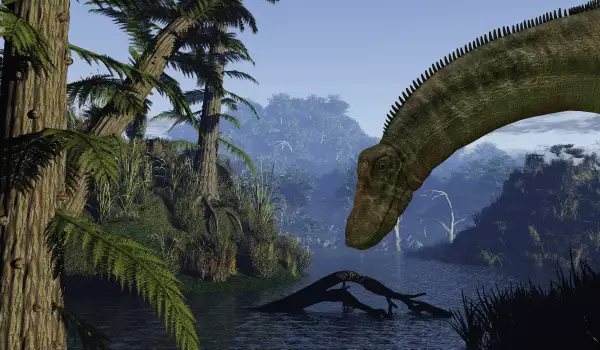Scientists have unearthed an enormous dinosaur in Patagonia. They state that the animal is larger than a Boeing 737. The location where the bones of Dreadnoughtus schrani were found was actually discovered back in 2005.
Digging up the bones of the beast took 4 years and then another 5 years to fit them all together.
Based on the data, the dinosaur was an herbivore of the Titanosaur group and it is very likely that its only pursuit was feeding. Its size equals to more than 7 Tyrannosaurus rex or at least 12 African elephants, explain the experts.
More precisely, Dreadnoughtus schrani was 85.5 ft (26 m) in length and weighed 65 tons. The scientists claim that the bones found in the southern Argentine region of Patagonia actually comprise the most complete skeleton of such a gigantic animal found so far. At this stage, the scientists have managed to restore about 70% of the dinosaur's skeleton.
According to Dr. Kenneth Lacorvara, who works at Drexel University in Philadelphia and is head of the expedition, this dinosaur was among one of the largest creatures to ever walk the Earth.

Data shows that the enormous herbivore lived about 77 million years ago and besides its impressive body size, it possessed a tail which served it as a weapon.
A second skeleton of a dinosaur of the same species, but significantly smaller, was found in the same area as Dreadnoughtus schrani. Dr. Lacorvara points out that the day of such a huge animal could have been spent standing in one place - the neck and tail of the dinosaur were over 32 ft (10 m) in length.
Because of its size, the animal was capable of procuring food without moving its feet at all. So far, one of the most remarkable restored parts of the animal's skeletal structure is a vertebra from the neck, having a diameter of more than 3.5 ft (1 meter), as well as a few gigantic vertebrae from its tail.
Experts believe that the herbivorous dinosaur died due to drowning and was most likely unable to grow to its maximum size.










